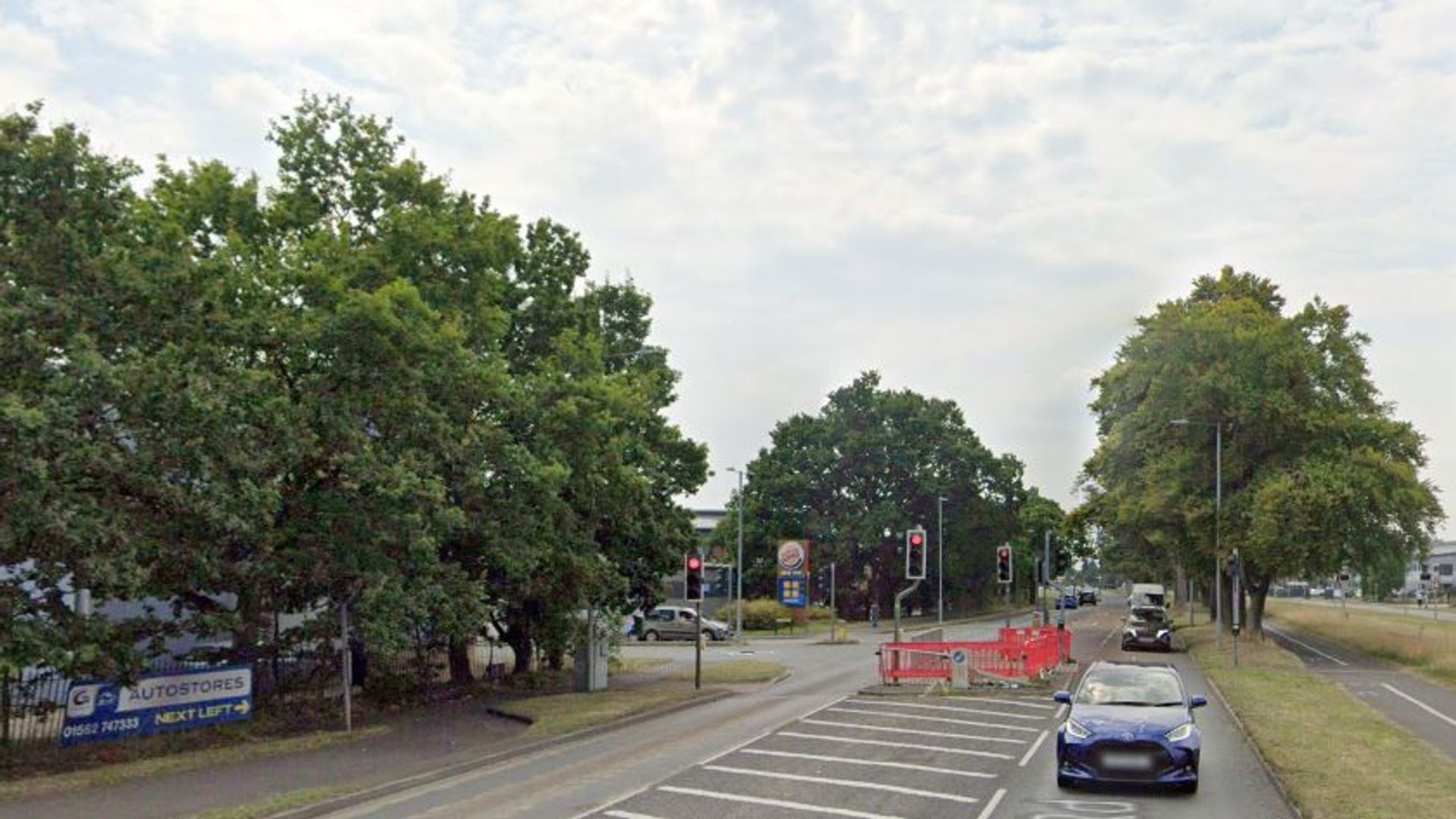
There are plenty of half-truths and made-up stories to contend with when Mainers explain to folks from away why Route 9 between Brewer and Calais is called the Airline.
Which is a bit of a shame, because the real reason the road got that nickname is a lot more interesting than any myth about planes from Dow Air Force Base in Bangor. The truth involves tales of hungry wolves, stagecoach robbers and bushwhacking through thick forest to connect Down East communities with the rest of Maine.
It all started in the early 1800s, when the only major road between most Down East towns and the rest of the state was what is now U.S. Route 1 — a winding coastal road then called the shore route, which could take quite a long time to traverse if you were going as far as Calais.
In the 1850s, business owners in Calais approached George Spratt, a regional stagecoach operator, and asked him to drive a team of horses from the town of Wesley — the last town where roads were passable — straight through more than 50 miles of wilderness to the town of Clifton and on to Bangor. The only way anyone had previously navigated the route was via a rough logging trail built decades earlier.

It was a crazy idea, to drive a stagecoach along a wilderness trail through dense Maine forest. But if Spratt succeeded, it would open the door to building a new road that would dramatically cut down on the travel time between Calais and Bangor, and would allow mail to arrive Down East much more quickly — as well as offer better access to the Canadian border.
According to the St. Croix Historical Society, Spratt undertook the journey in 1856, in a two-horse coach with Calais business owner James Pike. An 1893 Boston Globe article said that Spratt and Pike only saw “three human habitations” during the entire ride from Wesley to the Bangor area. Even today, the combined total population of the towns of Amherst, Aurora, Beddington and the unorganized townships along Route 9 between Wesley and Clifton is fewer than 1,000 people.
The pair made it to Bangor unscathed, and within a few months Spratt had applied for a contract to deliver mail via his new route. Spratt actually used his own money to build a proper road himself, removing bushes and grading the strip between Wesley and Clifton. By the end of 1857, Spratt’s road was not only used for mail delivery but also for passengers riding in larger coaches.
It’s believed that it was around this time that Spratt’s road began to be called the Airline, a nickname drawn from a term used in the stagecoach era and the early days of railroads to denote a short, straight route between two points, as the crow flies. Before the era of air travel, the idea that you could quickly travel through obstacles like forest and mountains was something reserved only for birds — hence, the “air” line.
In fact, there’s one other “airline” highway currently functional in the U.S. — U.S. highways 61 and 191 in Louisiana, between New Orleans and Baton Rouge, also nicknamed the Airline because it cut down on the commute time between the two locations.

While Spratt’s route was an immediate success, it still had big competition from the older shore route that hugged the coast between Ellsworth and Machias, and the business interests in those towns. By 1859, local newspapers began printing stories that the Airline was unsafe — mainly because of wolves.
According to a 1965 Bangor Daily News article, shore road interests hired a New York artist and writer to come to Maine and craft a “story on the Air-line route depicting all the horrors of the journey.” The resulting image and story was published in Gleason’s Pictorial, one of the most popular New England magazines of the era, showing a stagecoach being attacked by wolves, with horses rearing up and passengers flailing in abject terror. For a time, the smear campaign worked, and ridership dropped on the Airline.
The Airline’s scary reputation eventually began to work in its favor, however, as people soon began to want to ride Spratt’s coaches to see the wolves, and maybe shoot one to take home as a prize. The shore route was for spleeny folks — but the Airline was for rugged adventurers.
A more pressing issue during the 1860s was the rise in incidents of mail robbery, as soldiers fighting in the Civil War sent money home to their families. Bandits reportedly staked out spots along the Airline, waiting for a coach to come by to rob. Others waited at stagecoach stops in Amherst and Beddington, and while drivers were away from their coaches robbers would creep inside the vehicle and abscond with the mail.
By the turn of the 20th century, the age of the automobile had arrived, and in 1905 the Airline was made a state route, though it would not be designated as Route 9 until 1925. Up until the 1950s, most of the road wasn’t paved, and was frequently impassable during the height of winter. By the 1980s, the Airline was a major trucking route, infamous for the Canadian trucks that barrelled down it.
One trucking company, Sunbury America, operated yellow and black colored tractor trailers that locals called “killer bees ” because of how fast and furiously their drivers would navigate the road’s many hills and narrow sections. Route 9 garnered a reputation that was much more damaging than the 19th century wolves — that it was genuinely dangerous to drive.
In the early 2000s, major work was done on Route 9, moving some sections of the road to avoid big hills, straightening other parts and generally widening it throughout its length. Around the same time, a long-running effort began to build an Interstate 395 extension from Brewer, which would connect the Airline in Eddington to the U.S. national highway system.
Though the project faced major opposition from local residents, the I-395 connector received federal funding in 2018, and work began on the extension in 2021. It’s expected to be completed in 2025, and when it opens, it’ll transform communities all along Route 9 — just as the Airline itself transformed communities when it opened more than 170 years ago.










